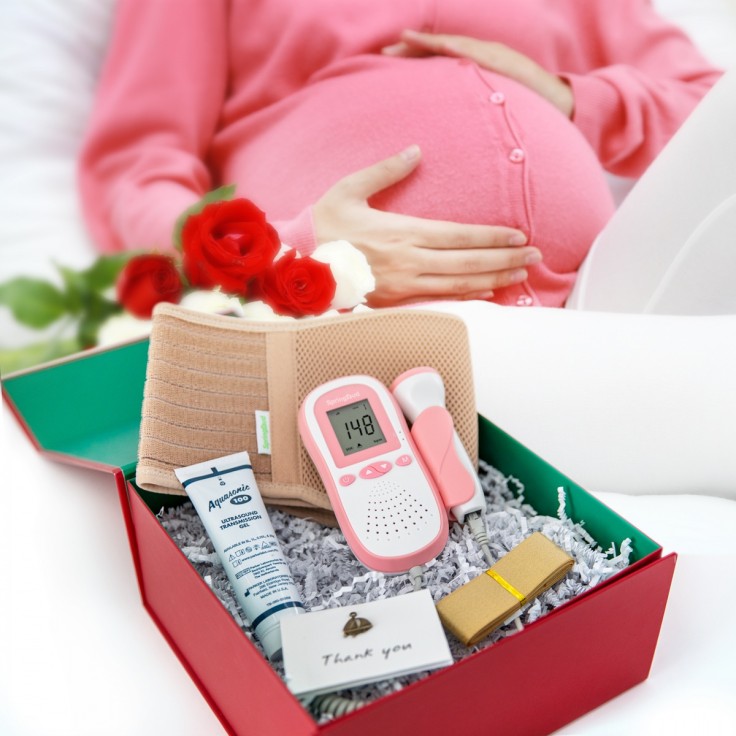
A baby doppler or a fetal doppler to use at home can be helpful for expecting couples who may want to be assured of their pregnancy experience, especially for a high-risk pregnancy or after suffering a baby loss or miscarriage. However, detecting a fetal heartbeat may sometimes bring frustrations or worries that something could be wrong with the baby.
While an at-home fetal doppler is easy to use in between prenatal check-ups with the doctor, it's also a piece of very sensitive equipment that should be handled properly. Here are some helpful tips to try if you have a fetal doppler that cannot detect the fetal heartbeat.
1. Wait to check for a heartbeat after 12 weeks.
According to What to Expect, parents may hear their baby's heartbeat for the first time on the 10th week of pregnancy. However, there is no reason to worry if it's still inaudible at that time because the baby could be hiding or has its back facing the uterus. The baby might also not be big enough to be detected by the device; thus, for the parents' peace of mind, it's better to check for the heartbeat after the 12th week of pregnancy.
Now, doctors may have detected the heartbeat during the mom's last check-up but understand that they are using medical-grade equipment and have a better experience using baby dopplers.
Read Also: Vanishing Twin Syndrome Surprises Woman With Miracle Twins After Losing Her Babies, 16 Miscarriages
2. Check the heartbeat with a full bladder.
A pregnant woman with a full bladder has her uterus pushed into the pelvic cavity, so the fetal heartbeat becomes more detectable by the baby doppler. Some moms have tried checking for the fetal heartbeat after waking up in the morning and before using the bathroom.
3. Use a 2MHz doppler if the mother has pregnancy weight.
If an inaudible heartbeat has been consistent, try switching to a 2MHz doppler, such as the fetal doppler from Joyfant, if the mother is overweight. This might finally solve why you can't detect the heartbeat. Experts have shown that 2MHz devices also work better when the fetus is settled by the backside of the uterus, which makes detection a lot more challenging.
4. Have patience with the probe.
Slowly but steadily move the doppler around the belly, and reduce the chances of rocking with every movement. Take note that this device can detect other noises, so it's better to be patient and take time to find the fetal heartbeat.
It might help to know the exact sound to look for since the doppler could also hear whooshing sounds or the movement of the placenta. In some cases, you might mistake an echo for the baby's heartbeat or the mom's heartbeat.
5. Don't forget the gel!
It might seem wasteful to use too much gel or aloe vera with a fetal doppler, but there is a reason for this. The excess will make it easier to detect the fetal heartbeat, per Medical News Today. The gel reduces the static and does away with the other noises that could interfere with the probe, so don't scrimp on this!

Are you looking for the best baby doppler? This JoyFant is perfect with you. Avail this now with 15% for ParentHerald readers. You will no doubt love this doppler as it allows you to get even more closer to your little bundle of joy.